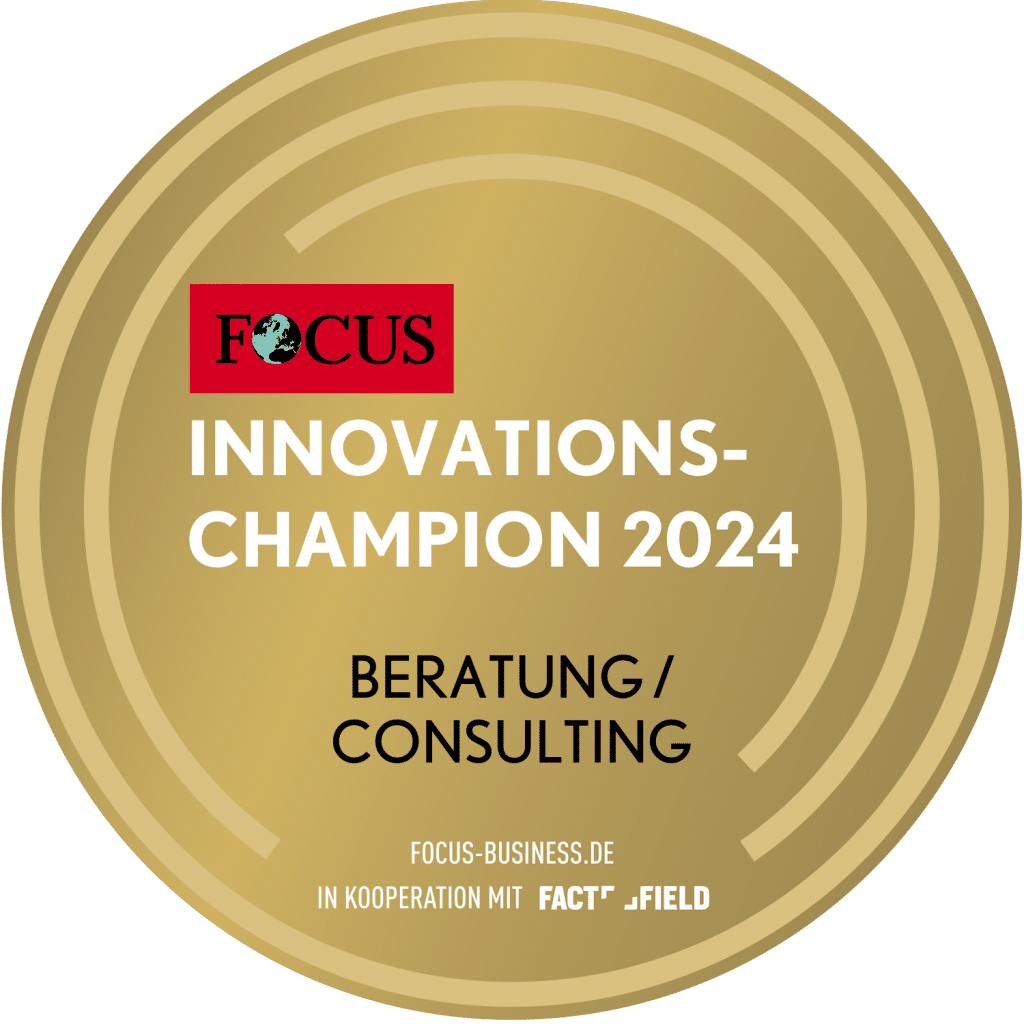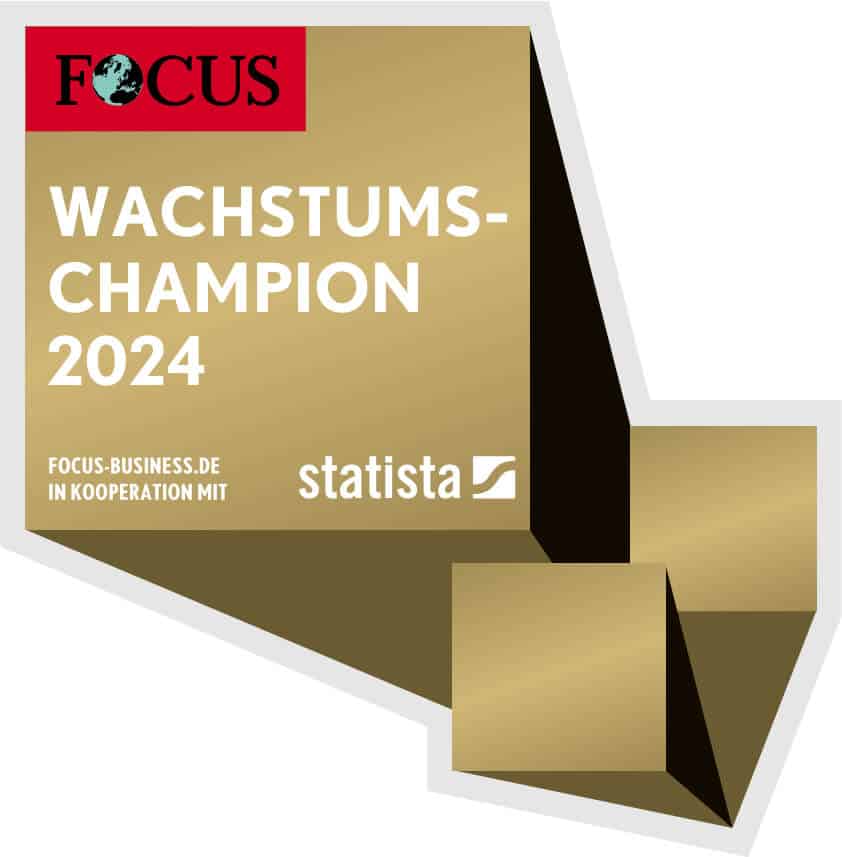Communication is particularly important in transformation processes, as information and transparency can build trust and reduce uncertainty. The possibilities and methods are diverse - which communication measures are suitable for what? This question is answered by Oliver Foitzik in the second part of the interview on the topic of communication in the transformation process.
Note from the TCI editorial team: Read also part 1 of the interview with Oliver Foitzik Communication in the transformation process (1): Building and promoting trust
Which communication measures are suitable?
Katja Heumader: Which communication measures are frequently used in transformation processes?
Oliver Foitzik: First of all, we must systematically distinguish whether the communication
- takes place in presence or virtually
- it is mediated or takes place in person
The appropriate communication measures must be selected depending on the objective being pursued. Digitalization has once again greatly increased the communication options, which does not necessarily make the choice any easier. You have to carefully evaluate what is suitable for what in order to achieve the best possible effect.
KHE: In your experience: When is it better to communicate in person, when should or can you opt for virtual or media communication measures?
OFO: As I said, you have to consider what goal you want to achieve. If the aim is to inform as many employees as possible, then media communication through print products, videos or interactive tools is usually a good choice. For example, articles in the internal company magazine about the project, posters and placards in the office corridors showing the key messages or a "transformation bible" with the central framework points of the project and the major milestones are suitable here.
If, on the other hand, the aim is to capture the mood of the employees, informal discussions, for example, are suitable. Through personal contact, managers can provide information, reduce uncertainty and gain trust. Such discussions create a climate of trust that can form the basis for a transformation process. On a quantitative level, a mood barometer can be used to regularly survey positions and collect ideas via feedback rounds, which can then be incorporated into the further design of the process.
"Companies are experiencing a partial loss of control when it comes to communication"
KHE: To what extent can companies control the perception of their company through communication?
OFO: You raise an important point. In fact, companies no longer have the power of interpretation when it comes to their perception. Here we are dealing with a partial loss of control to do. Thanks to social media, for example, complaints and claims are immediately visible to a wide audience - whereas in the past this was handled via a hotline that nobody had access to.
This means that companies cannot easily spread information that makes them "look good", even if this may not correspond to reality. Instead, a positive image is created through authentic statements from employees and customers, including on social media, but also in star ratings and the like.
KHE: So how do companies manage to generate a positive image?
OFO: At least not by printing glossy brochures with slogans that aren't true. But rather by sharing values and visions and really living them, by acting in a customer-friendly manner and doing so in public. This then spreads by itself via the Internet and social media - and is the best advertising because it is authentic.
The contingency of corporate communication is crucial. It must be based on the same values, regardless of whether it is aimed at employees, customers, business partners or suppliers. This increases trust, acceptance and therefore also business success.
The interview with Oliver Foitzik was conducted by Dr. Katja Heumader for the TCI editorial team.
Source cover image: © insta_photos | Adobe Stock

